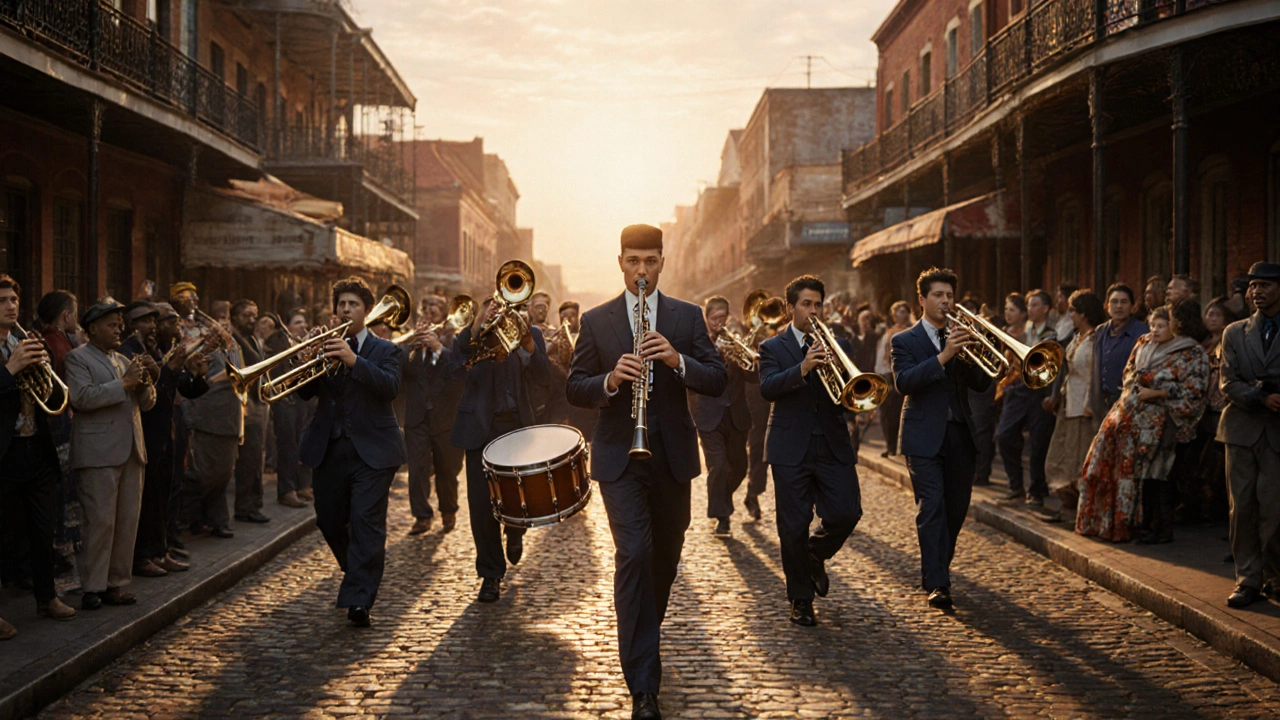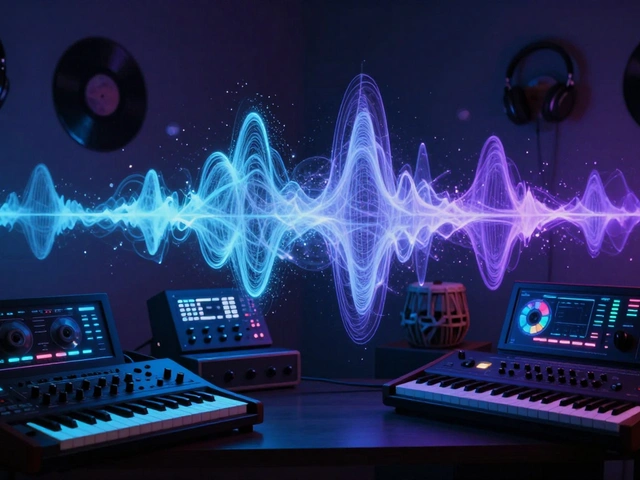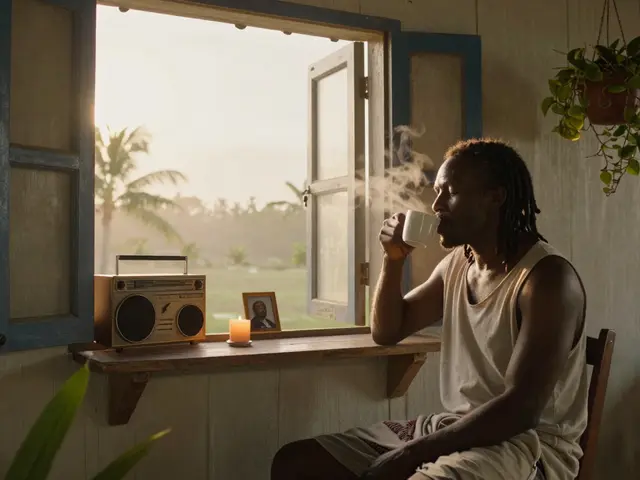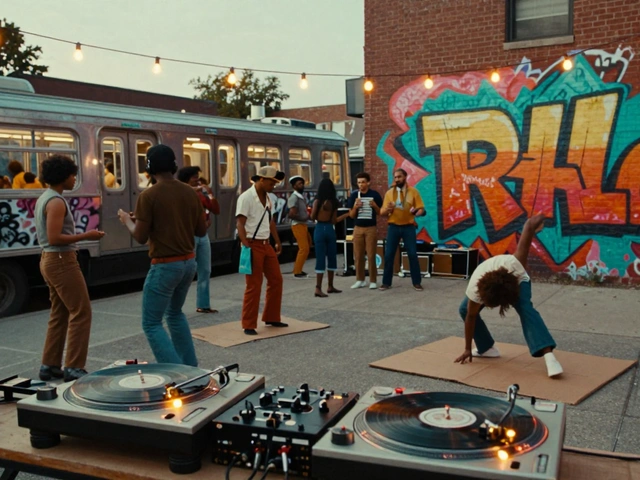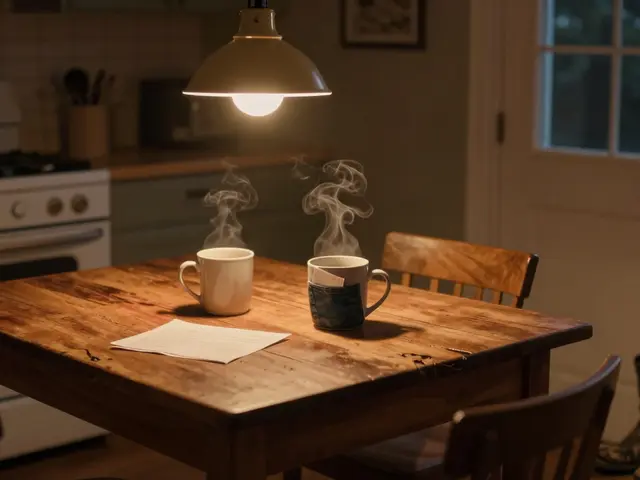Jazz Evolution Timeline
Discover how jazz has transformed over the decades, from its origins in New Orleans to today's modern innovations.
Explore Further
Try listening to key tracks from each era to experience the stylistic differences firsthand:
- Traditional: Duke Ellington - "Take the A Train" (1939)
- Bebop: Charlie Parker - "Ornithology" (1945)
- Fusion: Miles Davis - "Bitches Brew" (1970)
- Modern: Kamasi Washington - "The Epic" (2015)
Jazz Music is often described as the perfect balance of deep‑rooted tradition and daring innovation. If you’ve ever wondered why a solo can feel both classic and fresh at the same time, you’re about to get the full picture - from its birth in river‑front streets to its latest digital experiments.
What is Jazz Music?
Jazz Music is a genre that originated in the early 20th century, blending African‑American rhythmic sensibilities with European harmonic structures. It thrives on improvisation, swing feel, and a dialogue between musicians.
Roots: The Tradition
The story starts in New Orleans, a melting pot of cultures where brass bands, ragtime piano, and blues converged. The city’s marching bands provided the call‑and‑response patterns that still echo in modern gigs.
Early jazz was communal - musicians played in street parades, taverns, and funerals, turning every performance into a living history lesson.
Key Traditional Styles
Two pillars define the classic era:
- Swing Era (1930s‑1940s) introduced big bands, a strong four‑beat swing feel, and leaders like Duke Ellington and Count Basie.
- Bebop (mid‑1940s) shifted focus to smaller combos, faster tempos, and complex chord changes, championed by Charlie Parker and Dizzy Gillespie.
Both styles emphasized a shared language - the blues scale, swing eighth‑notes, and a collective improvisation mindset.
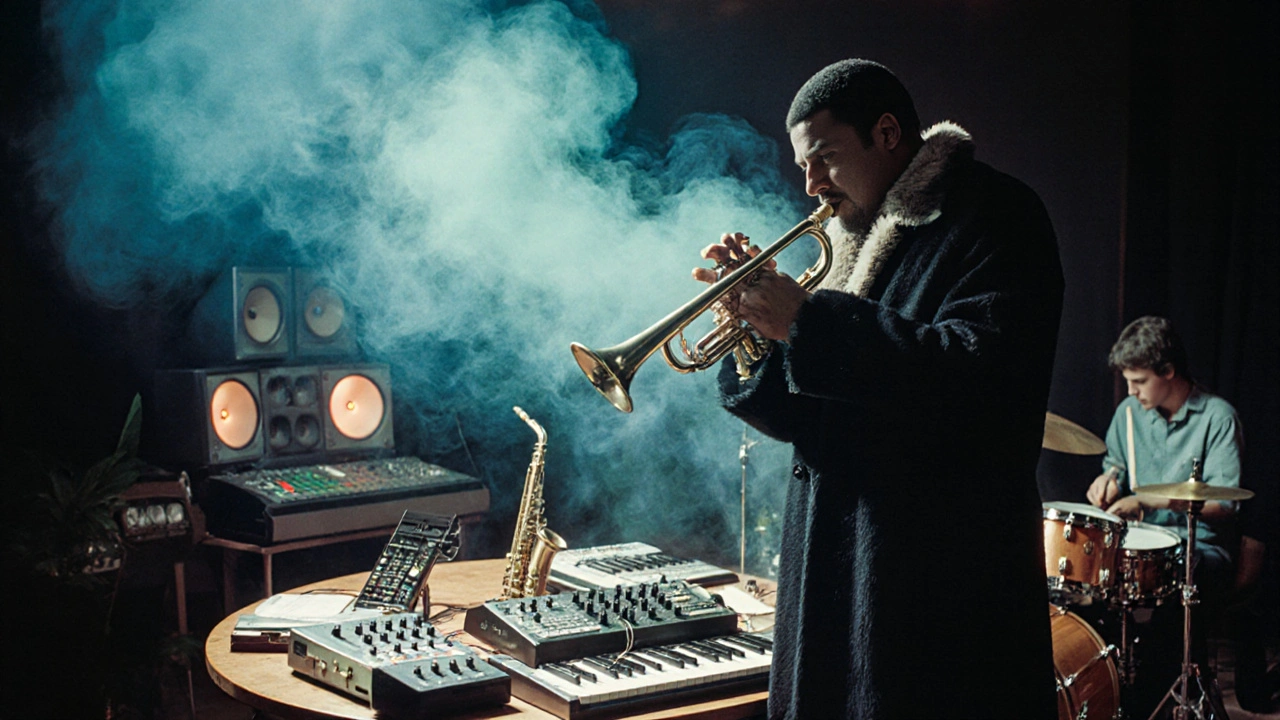
Innovation Through the Decades
Jazz never stayed still. As electric instruments arrived, a new wave called Fusion blended rock’s drive with jazz’s improvisational depth. Pioneers like Miles Davis redefined tone and composition with albums such as "Bitches Brew" (1970) turned studio experiments into genre‑shaping statements.
Meanwhile, the avant‑garde pushed boundaries with free improvisation, atonal textures, and unconventional structures - think Ornette Coleman’s “Free Jazz” or Sun Ra's cosmic ensembles.
Artists Who Bridged the Gap
Some musicians became living bridges between tradition and the new:
- John Coltrane expanded modal improvisation on "A Love Supreme" while still honoring bebop roots
- Herbie Hancock moved from acoustic post‑bop to synth‑driven funk on "Head Hunters" (1973)
- Kamasi Washington revitalized large‑ensemble jazz in the 2010s, mixing gospel, hip‑hop, and classic swing
These artists kept the core language alive - swing feel, blues phrasing - while injecting fresh sonic palettes.
Modern Jazz Landscape
Today jazz lives in clubs, streaming playlists, and even video‑game scores. Sub‑genres like nu‑jazz, jazz‑trap, and electronic‑jazz borrow beats from EDM, hip‑hop, and lo‑fi chill. Artists such as Robert Glasper blend R&B vocals with improvisational piano, while Snarky BigBand mixes funk grooves with orchestral arrangements.
Technology also reshapes creation: digital audio workstations, loop stations, and AI‑assisted composition let musicians experiment beyond acoustic limits, yet the improvisational conversation stays the same.
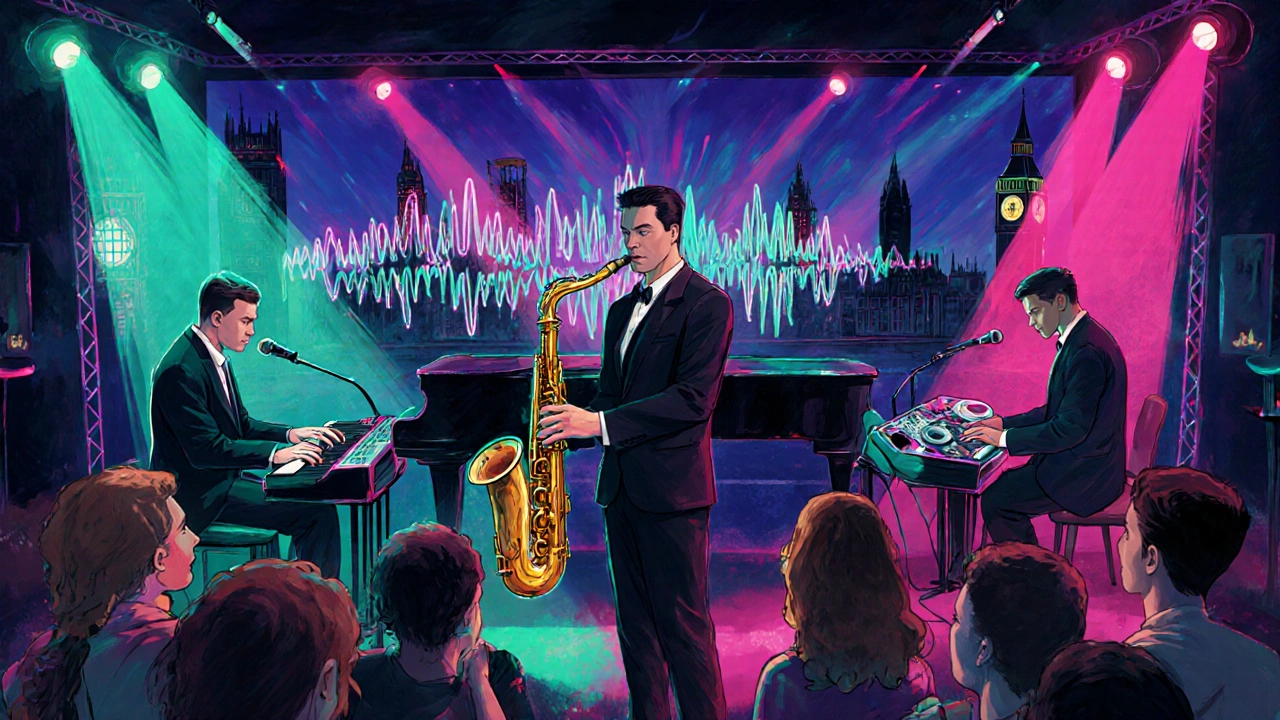
Comparison: Traditional vs. Innovative Jazz Styles
| Aspect | Traditional | Innovative |
|---|---|---|
| Era | 1910‑1960 | 1970‑present |
| Key Artists | Duke Ellington, Charlie Parker | Miles Davis, Herbie Hancock, Kamasi Washington |
| Typical Instruments | Acoustic piano, brass, upright bass, drums | Electric piano, synthesizers, electric guitar, electronic drums |
| Rhythmic Feel | Swing 4/4, steady ride cymbal | Polyrhythms, back‑beat, programmed loops |
| Harmonic Approach | Standard ii‑V‑I progressions, blues forms | Modal, atonal, extended chord vocabularies |
How to Explore the Blend
Ready to hear the tradition‑innovation mix yourself? Follow these steps:
- Start with a classic: listen to Duke Ellington’s "Take the A Train" (1939).
- Jump to the bridge‑builders: play Miles Davis’s "So What" (1959) and then "Bitches Brew" (1970).
- Move to contemporary voices: stream Kamasi Washington’s "The Epic" (2015) or Robert Glasper’s "Black Radio" (2012).
- Notice the thread - swing feel, call‑and‑response solos, and a love for improvisation - even as instruments change.
- Join a live show or a virtual jam session to feel the real‑time conversation that defines jazz.
Keep a notebook. Jot down any moments where a modern synth line reminds you of a 1930s brass riff - that’s the blend in action.
Frequently Asked Questions
What makes jazz different from other music genres?
Jazz centers on improvisation, swing rhythm, and a conversational approach between musicians. While other genres may rely heavily on fixed arrangements, jazz encourages each player to sculpt the melody in real time.
How did jazz evolve from New Orleans to modern electronic blends?
Starting in New Orleans with collective improvisation, jazz moved through swing big bands, bebop’s complex chord changes, and later fused with rock, funk, and electronic music. Each wave kept improvisation alive while adopting new instruments and production tools.
Which artists should a beginner listen to for both tradition and innovation?
Begin with Louis Armstrong and Duke Ellington for tradition. Then explore Miles Davis ("Kind of Blue" & "Bitches Brew"), John Coltrane ("A Love Supreme"), Herbie Hancock ("Head Hunters"), and contemporary voices like Kamasi Washington or Robert Glasper.
Is electronic equipment ruining the soul of jazz?
Not at all. Technology expands the palette, but the core of jazz - spontaneous interaction and swing feel - remains unchanged. Artists who respect the tradition often use electronics to highlight, not replace, that dialogue.
Where can I find live jazz performances today?
Major cities like New York, New Orleans, London, and Tokyo host nightly gigs. Streaming platforms also broadcast live sessions from venues such as the Blue Note (NY) or the Jazz Club (Auckland). Check local listings for seasonal festivals like the Newport Jazz Festival.

